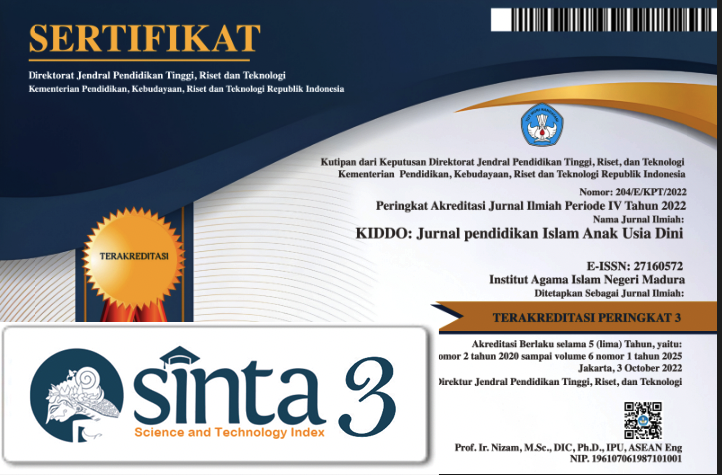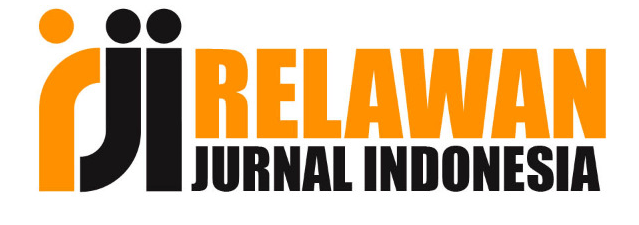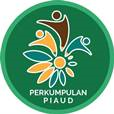Strategi Pembelajaran Kreatif dan Inovatif di Lembaga Pendidikan Anak Usia Dini
 Abstract views: 112
,
Abstract views: 112
,
 PDF downloads: 160
PDF downloads: 160
Abstract
Early childhood education plays an important role in developing aspects of development such as social, emotional, self-reliance, moral, and religious values. At this time children are beginning to learn about many things that can develop their life skills. It is important for teachers to understand the needs of children so that they can serve them effectively at school. The teaching methods must also be appropriate and must be adapted to the child's growth. This Creative and Innovative Learning Method is perfectly suitable for application in everyday learning at PAUD institutions, as it aims to develop the potential of children precisely targeted according to the interests and talents of children, in addition to providing a pleasant experience in learning as a supporting form in the growth of early childhood. The study also investigates the challenges faced by early childhood education institutions in providing creative and innovative learning and how its implementation is carried out effectively in PAUD institutions. The study uses a literary study that is the development of a library information selection approach. The study identifies effective strategies used by PAUD institutions to implement creative and innovative learning methods, such as through loose parts learning media and edutainment-based learning media. These strategies are successful in boosting creativity and innovation in early childhood, demonstrated by the creative and unique ideas that emerge in young children.
Downloads
References
Siswanto, Zaelansyah, Eli Susanti, Jeni Fransiska. (2019). Metode Pembelajaran Anak Usia Dini Dalam Generasi Unggul Dan Sukses. Jurnal Pendidikan Agama Islam, 31-40.
Komara, H. W., & Rohmalina, R. (2023). Media Pembelajaran Loose Parts Dalam Meningkatkan Kreativitas Anak Usia Dini. CERIA (Cerdas Energik Responsif Inovatif Adaptif), 6(5), 491-498.
F Awwaabiin, S. (2021). Studi Literatur: Pengertian, Ciri-ciri, dan Teknik Pengumpulan Datanya. Diakses Februari, 29, 2024. https://penerbitdeepublish.com/studiliteratur/Hidayatulloh, I. S. (2014). "Learning To Live Together":Penanaman Karakter Pada Anak Usia Dini Di Lembaga PAUD Islam. Al-Ulum, 229-246.
Nurhidayah, S., & Citrasukmawati, A. (2022). Metode Pembelajaran Kreatif Dan Inovatif Untuk Guru Paud Tkm Nu Muslimat 114 Muttabiul Huda. Abdimas Galuh, 4(2).
Maswati, M., Rosmiati Ramli, Kalbi Jafar, & Sumadin. (2023). Inovasi Pembelajaran pada Pendidikan Anak Usia Dini di Masa Pandemi Covid-19. Indonesian Journal of Educational Science (IJES), 5(2).
Mustofa, B. (2022, Juli 20). Anak di Usia Emas. Retrieved from Kulon Progo : The Jewel of Java: https://dinsos.kulonprogokab.go.id/detil/624/anak-di-usia-emas#:~:text=Usia%20emas%20atau%20the%20golden,usia%200%20sampai%206%20tahun.
Hartati, S., Damayanti, E., Rusdi T, M., & Patiung, D. (2021). Peran Metode Bercerita terhadap Perkembangan Bahasa Anak Usia Dini. Jurnal PG-PAUD Trunojoyo : Jurnal Pendidikan Dan Pembelajaran Anak Usia Dini, 8(2).
Anik Lestariningrum, Rosa Imani Khan, Intan Prastihastari Wijaya, Widi Wulansari, Dema Yulianto, Linda Dwiyanti, Danang Prasetyo, Hanggara Budi Utomo, Veny Iswantiningtyas, E. K. W. (2022). Perencanaan Pembelajaran Kreatif untuk Anak Usia Dini (Kajian Teoritis dan Praktis). In Widina Bhakti Persada: Bandung.
Ratag, L. (2020). Program Kemitraan Masyarakat (Pkm) Teknik Pembelajaran Kreatif Pada Guru Paud Di Kelurahan Tuminting Kota Manado. Abdimas: Jurnal Pengabdian Kepada Masyarakat, 13(2).
Copyright (c) 2024 Tan Ikha

This work is licensed under a Creative Commons Attribution 4.0 International License.
-
The journal operates an Open Access policy under a Creative Commons 4.0 International license. The terms of the license are:
Share— copy and redistribute the material in any medium or format
Adapt— remix, transform, and build upon the material for any purpose, even commercially.
1. Authors retain copyright and grant the journal right of first publication with the work simultaneously licensed under a Creative Commons License.that allows others to share the work with an acknowledgement of the work’s authorship and initial publication in this journal
2. Authors are permitted and encouraged to post their work online (e.g., in institutional repositories or on their website) prior to and during the submission process, as it can lead to productive exchanges, as well as earlier and greater citation of published work (See The Effect of Open Access).
Jurnal Kiddo is licensed under a Creative Commons
n Access).














